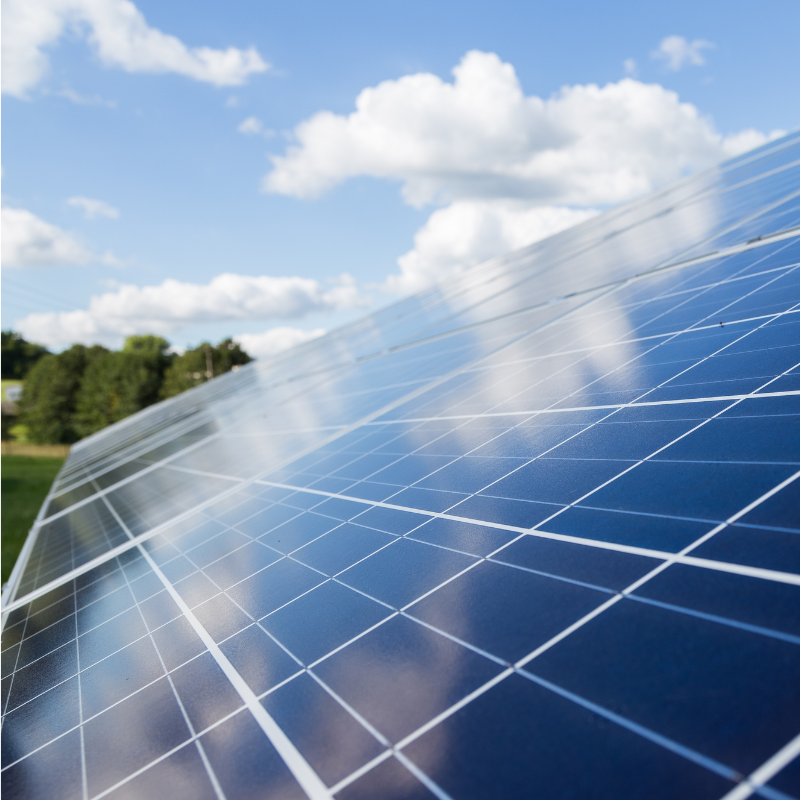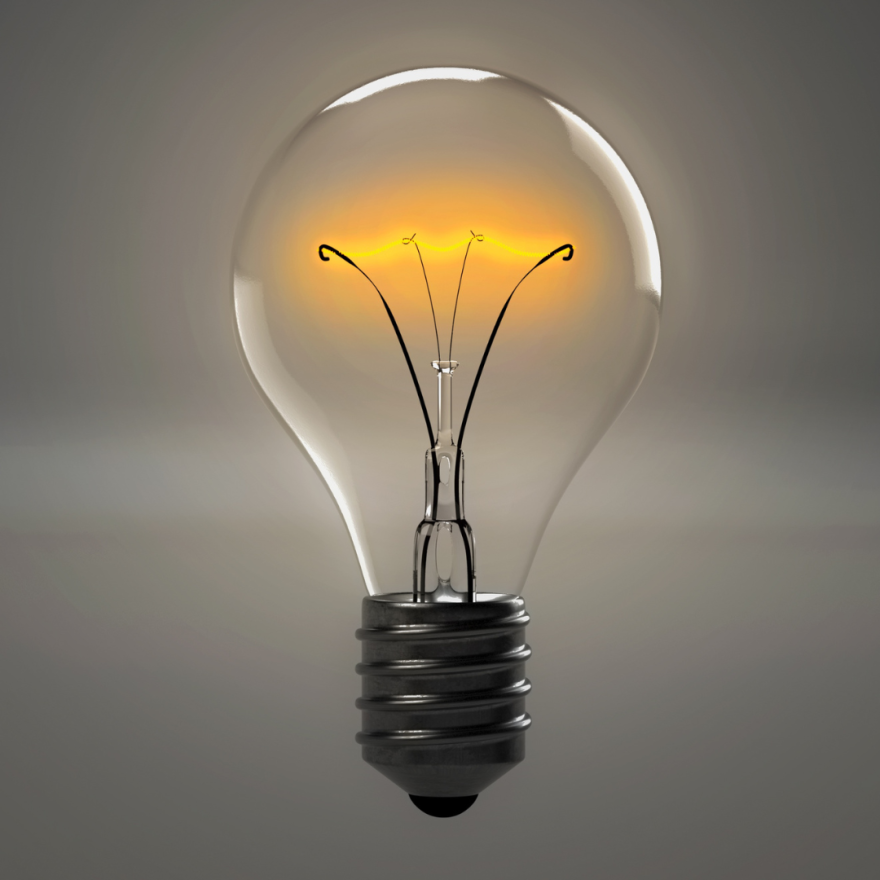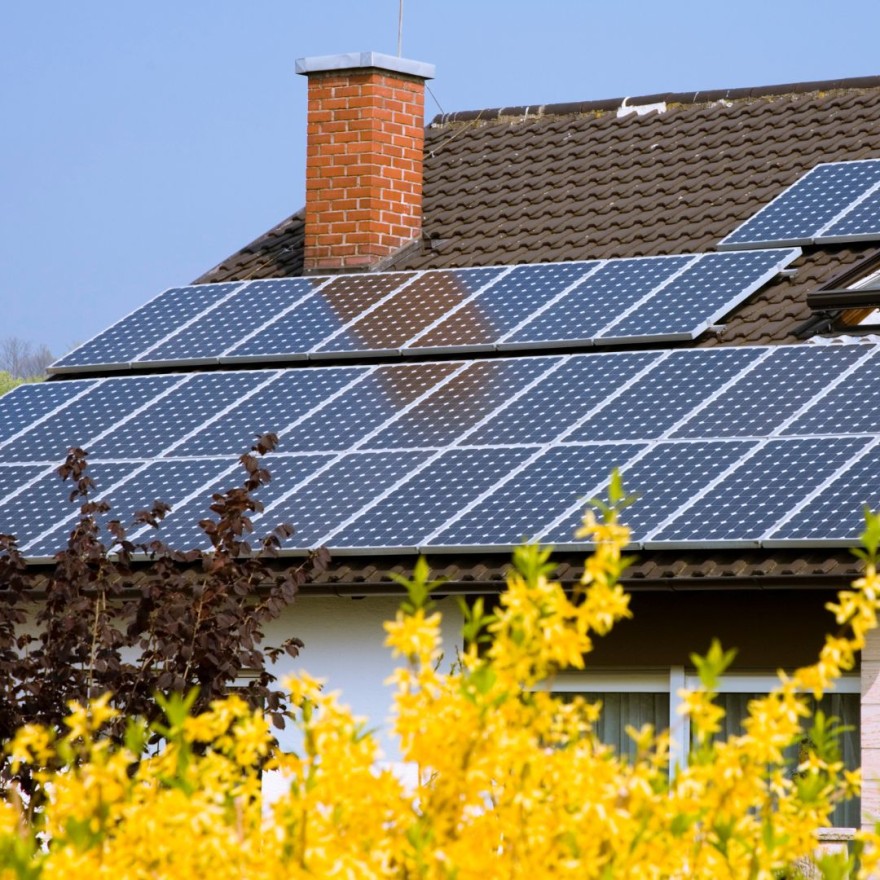With our rising energy bills, and Aotearoa New Zealand’s commitment to decarbonisation, there is a growing need for a national energy system that is more flexible, equitable, affordable and sustainable – and resilient in the face of extreme climate events.
One solution may lie in sharing clean energy, such as periodic surpluses of solar power. For example, a public or private asset (such as a municipal building or a factory) that shares its surplus across the local community – using a storage battery and smart metering – could maximise the use of its energy yield and reduce demand on the national grid. It can also help alleviate energy hardship among poorer households.
Energy sharing is an emerging concept, currently at pilot stage across Aotearoa, but it already shows promise in enabling individuals, businesses and communities to take an active part in the generation, distribution and sharing of clean energy, making maximum use of locally available resources.
Options for sharing
There are a number of possible approaches to energy sharing. For example:
- Peer-to-peer: A single entity – for example, a business equipped with a solar array – shares its surplus directly with another entity.
- One to many: A single entity distributes surplus to several others – as in the case of the example above, or a business that chooses to benefit its employees.
- Many to one: Here, several entities contribute their surplus to an aggregated ‘fund’ that then manages and distributes the value of the energy, which can be used to enable further projects to occur.
Surplus may be shared directly – across, for instance, a community or micro grid. Alternatively, and more commonly, communities can set up a virtual centralised system that enables each participant to manage their own energy usage.
In any scenario, the surplus may be shared as ‘electricity’ (by netting the value of the energy off another’s bill), or as funds (e.g., revenue from power sold back to the grid on a feed-in tariff).
The benefits of energy sharing
Making the most efficient use of clean energy resources will help Aotearoa decarbonise the national grid and achieve its net zero commitments, while also benefiting the environment. It also helps at times of energy scarcity, by adding additional coordinated sources of distributed generation that can bolster the grid when required.
Community energy-sharing schemes foster local connections. Citizens equipped with energy resources (such as a solar array) effectively become ‘prosumers’: active participants in the energy system/market. Local storage of shared energy using a battery enables participants to cut their power bills and emissions – for instance, by drawing on stored reserves of clean power during peak demand in the mornings and evenings, when solar production is low and grid power is more costly.
More specifically, sharing can alleviate energy hardship. The poorest households in Aotearoa are spending roughly 25 per cent of their income (up from around 12 per cent in 2010) on heating and power. Official data reports around 100,000 homes are disconnected every quarter due to non-payment of bills, but unofficial data estimates the more realistic figure is three times that, due to the number of people on pre-pay power who self-disconnect for periods of days to weeks to save money. These people are also typically spending more per month on power than a household in good-quality housing, because of the high cost of heating drafty, poorly insulated homes.
Energy sharing can also create resilience by ensuring a more stable delivery of energy; with less reliance on the national grid, a community is better equipped to ride out climate-related events such as storms or flooding. In turn, local energy sharing reduces stress on the national grid.
As another bonus, sharing schemes can attract investment into regional renewable energy projects.
Energy consumption in Tāmaki Makaurau and Aotearoa
Although more than 80 per cent of Aotearoa New Zealand’s electricity supply comes from renewable resources, the country has far to go in transitioning to clean energy.
In Tāmaki Makaurau Auckland, for instance, private vehicle use makes up the largest contribution to greenhouse gas emissions, and the city also has a high concentration of heat-producers, ranging from coffee-roasting and school heating systems to steel production. Some 66 per cent of Auckland’s total energy emissions are from local primary fuel combustion (natural gas, coal, LPG, etc.).
Aucklanders also consume a lot of electricity. With very little local generation possible, almost all of this power is imported from outside the region – placing strain on the national grid and leaving Auckland vulnerable to regional disruptions to power supply, including periodic shutdowns.
With little storage potential, the national grid’s supply must always meet demand. And demand is set to grow, driven in part by the rise of EV charging stations, heat pumps, and evolving consumer needs (for instance, as industrial processes transition from coal/gas/oil to electrical heating).
Energy is one of eight priorities outlined in Te Tāruke-ā-Tāwhiri: Auckland’s Climate Plan. There is an urgent need for Aucklanders – and New Zealanders generally – to decarbonise all forms of energy use in order to achieve net zero goals. At the same time, a predominantly electrified system will need to be efficient, resilient, sustainable and equitable.
Challenges and barriers to energy sharing in Aotearoa
There are three main obstacles to rolling out an energy-sharing strategy: the low uptake of solar generation in Aotearoa; restrictive regulation; and technical and infrastructure challenges.
1. Low uptake of solar
Grid-scale solar currently makes up around 1 per cent of our electricity generation, and just some 2 per cent of households are fitted with rooftop solar arrays. There are several reasons for this low uptake:
- Historically high installation costs of a domestic solar array, coupled with the lengthy payback period, put it out of reach of lower-income households, even with subsidies.
- Many homes are structurally unsuited to solar arrays or are not oriented to sunlight; and in many cases residents (such as tenants in an apartment block) are not permitted to make improvements to buildings.
- The already high proportion of renewable sources (e.g., hydro, wind) in our national electricity supply can be a disincentive to installing solar.
- Solar energy production, which peaks in the middle of the day, does not coincide with the morning and evening peaks of consumer demand, leading to solar spill (wastage). And because surplus is available mostly in non-peak hours, the feed-in tariff is typically low.
2. Legislation
The Electricity Authority Te Mana Hiko administers the Electricity Industry Participation Code (2010), which updates a 1992 act, which in turn was geared largely to decades-old practices. The current Code only permits a ‘one to one’ contract, where each customer connection is registered to a single retailer and metering equipment supplier.
For energy-sharing initiatives to be efficient and dynamic, they will depend on entering contracts with multiple retailers, in what are known as multiple trading relationships (MTRs). An MTR could, for instance, allow a householder to buy power from one retailer, secure an off-peak EV charging rate from another, and sell power back to a community sharing scheme via a third retailer. Current pilot projects (described below) are securing regulatory exemptions in order to implement MTRs, but a full transition to this ‘unbundled’ model of energy connection, prioritising consumer choice, will require a substantial overhaul of the Code.
3. Technical and infrastructure challenges
There are high capital costs associated with energy infrastructure – from grids to solar arrays, storage batteries and smart metering systems (not to mention fiscal policy). While unbundling of services will stimulate competition and innovation, any large-scale sharing scheme will call for a high degree of collaboration and coordination between stakeholders. There is also a need for a substantial workforce with appropriate skills.

Energy sharing: some solutions
Given that the current system is neither flexible, equitable, affordable, resilient nor sustainable, there are several pilot schemes under way across Aotearoa trialling different approaches to energy sharing. They point towards a solution that is decentralised and collaborative, and which makes use of smart technology. Community energy funding from government has facilitated the pilots.
Since it was set up in 2020, Ara Ake, the government’s clean energy innovation centre, has spearheaded pilot projects in collaboration with tech developers, energy retailers, and social support agencies.
In 2022, Ara Ake and social housing provider Kāinga Ora launched a pilot to trial energy sharing in Lower Hutt and Porirua. Other participants included Wellington Electricity Lines Ltd (as distributor) and Intellihub (smart metering provider). With special exemptions from the Code, and support from the government’s Māori and Public Housing Renewable Energy Fund, this world-first pilot enabled solar-fitted tenants to buy power from one retailer and export any surplus solar to another (contracted to Kāinga Ora), who provided the best feed-in tariff. Kāinga Ora is then able to monetise the exported electricity and use these funds to benefit other customers in energy hardship through the installation of further solar panels on other homes. The Electricity Authority is using the pilot to evaluate the need for regulatory change.
There are now several pilots under way across Aotearoa. In 2024, for instance, Ara Ake is in the early stages of collaborating with Climate Connect Aotearoa and Counties Energy, an electricity distributor serving South Auckland and northern Waikato, in a pilot in Franklin. Its goal is to enable customers to access surplus energy gifted by others and reduce their power bill. It uses a combination of MTRs and storage via a community battery, which helps flatten the peaks of energy supply and demand. The pilot aims to show how local, low-carbon energy production and management can serve the community, creating equity and resilience.
The future of energy sharing in Tāmaki Makaurau
Pilot schemes will be useful in modelling a future energy-sharing solution for Tāmaki Makaurau and Aotearoa. The goal of Ara Ake, Climate Connect Aotearoa and Counties Energy is a decentralised, scalable approach which addresses community-level issues – energy hardship, climate resilience – while also helping the country meet its environmental and emissions targets.
Technological advances such as solar farming, smart metering and battery storage are keeping pace with (and driving) radical changes in the way New Zealanders use electricity, enabling individuals and businesses to become prosumers: active participants in the more efficient and sustainable use of clean energy. Updating the Electricity Code to a more consumer-centric structure will help unlock opportunity.
Kia Whitingia - a regional community energy sharing initiative
A small pilot in the Te Reureu Valley in the south-western North Island, has been challenging traditional energy markets by providing five marae and 15 whare whānau (family homes) with energy autonomy at prices averaging 30 per cent below market rates.
The project is an example of flexibility in action, and was nurtured by the late Māori entrepreneur Graeme Everton (Ngāti Raukawa ki Te Tonga and Ngāti Tūwharetoa), and Atawhai Tibble, who created economic development company Reureu Kotahitanga and a team to deliver the project called Kia Whitingia.
“My philosophy, I think, goes back to the reason that we're doing this: the valley is and wants to be independent, it wants to chart its own way, it wants to be able to lessen its unbalanced relationship with the Crown.” Graeme Everton said of the concept.
The project works through solar generation installed on the five marae and three of the whare whānau which is pooled and stored in a 120 kWh shared battery (New Zealand’s first community battery), which then enables the solar energy to be used at peak demand times in the early evening and first thing in the morning.
Excess energy beyond the local needs of the community is sold back into the wholesale market, and the revenue can either be put into a community fund for later redistribution back to community members, or used for facility upkeep and services for whānau, hapū and iwi.
The project was funded by the Māori and Public Housing Renewable Energy Fund established in 2020 and administered by the Ministry for Business Innovation and Employment.
Te Reureu Kotahitanga Ltd led the project on behalf of Ngāti Pikiahuwaewae and supported by partners OurEnergy and McNae Solar.
“For starters, being a collective, what you're doing is you're creating your own reality and your own system - you're actually taking control of it. That's all about tino rangatiratanga.” (Quote from participant).
For individuals and businesses interested in exploring community-based options for energy sharing, Ara Ake has published a downloadable guide, and the CCA Knowledge Hub gives details on climate-related resources.
Glossary of terms
DER: a distributed energy resource is a (usually) small power generation unit on the consumer side of the meter, such as a rooftop solar array, small-scale turbine or storage battery.
Electricity Industry Participation Code (2010): administered by Electricity Authority Te Mana Hiko, the Code governs and regulates almost all aspects of New Zealand’s electricity industry, from generation through to distribution and retail.
Feed-in tariff: the dollar rate at which the Electricity Authority buys surplus energy from customer-side DERs (e.g., revenue you might receive from exporting surplus solar to the grid).
ICP: an independent connect point is a single customer connection to the grid.
MTR: in a multiple trading relationship, an energy customer may be contracted to more than one retailer in order to take advantage of a range of preferential rates or tariffs. This is unlike the traditional ‘one customer, one retailer’ model currently permitted under the Electricity Code.
Prosumer: an individual or business who is connected to the national grid but also generates their own power through a distributed energy resource, such as rooftop solar.
Solar spill: wastage of surplus solar energy, typically during high sunlight hours when energy demand is usually low.


